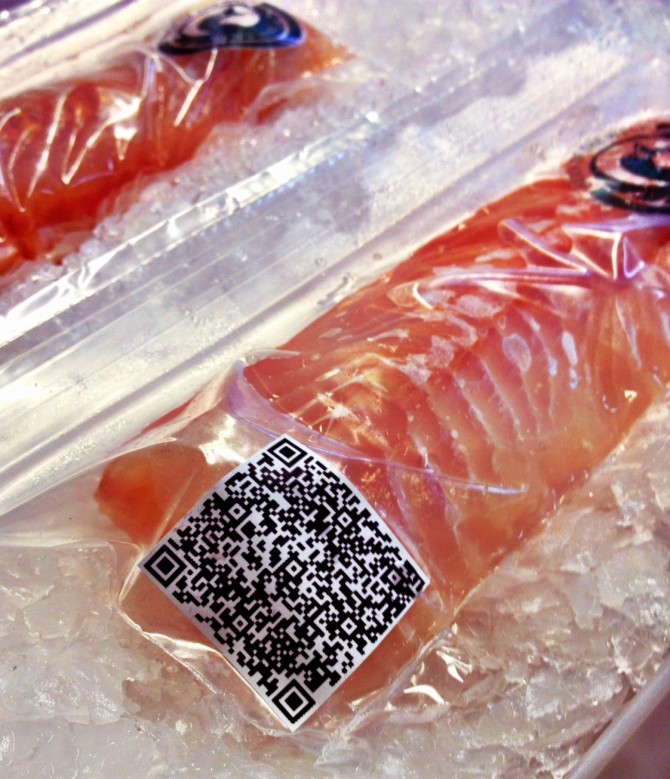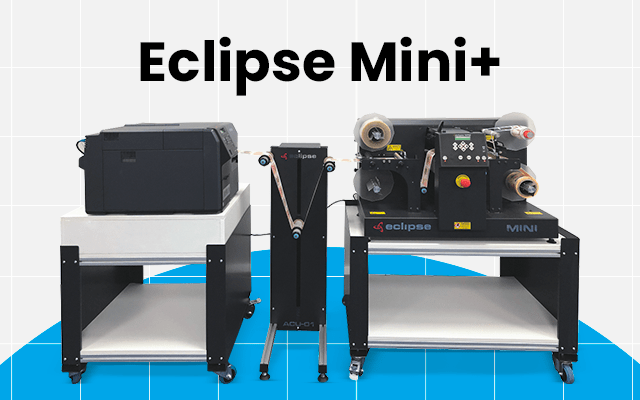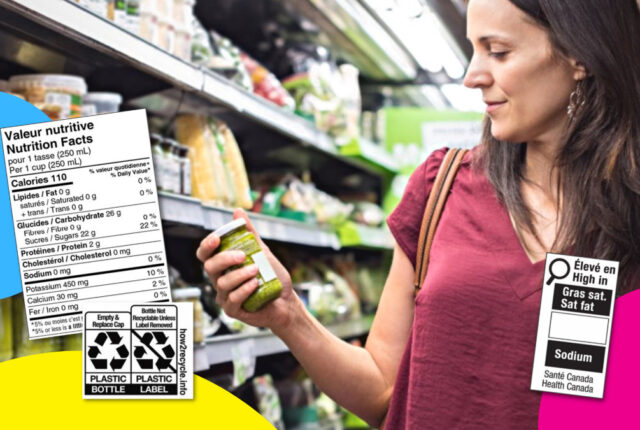A key element for many consumers is how fresh a product is. Even more so when talking about fish or seafood. Here, freshness guarantees the safety and quality of the product.
For a product this sensitive, tracking is crucial. Nowadays, one of the best ways to track, or know where a product comes from and make sure it is fresh, is just a little square on a box: the QR Code.
In a market in Washington, QR codes are used for just this. The product comes with a barcode, on the box it is delivered in for instance, or even onto the menu in a restaurant. This way, consumers can see where the product comes from and when the seafood was caught. In an industry ridden with suspicion about a products’ origins, these QR codes offer transparency and traceability. This helps consumers feel more confident about what they eat, which in turn helps sales.
This program was launched more than a year ago, and has been a great success. In the first few months, there were roughly 300 scans a day. This figure tells us two things: 1, people are indeed interested in knowing where the products they eat come from and 2, QR codes are a great way to ensure traceability and make the information quickly and easily accessible to anyone with a smartphone that can quickly scan the code.
Even though there has been a reduction in the number of scans per day, and QR codes are not used as much in the market, it is meaningful if only as an anecdotal example. It proves and highlights the importance of barcodes. Not only does it help producers, providers and buyers to identify and track the products, it also provides the final consumer with important and relevant information. All of this with a small code!
More over, this example is applicable to many other industries, such as fruit, vegetables, meat and any other products where freshness is a key factor.







